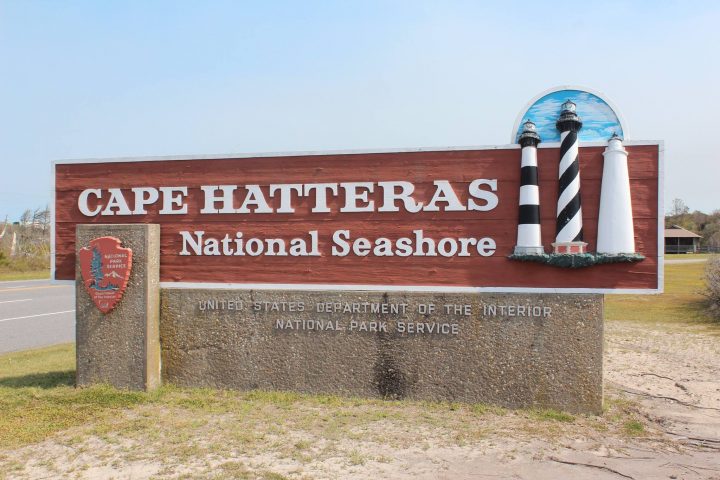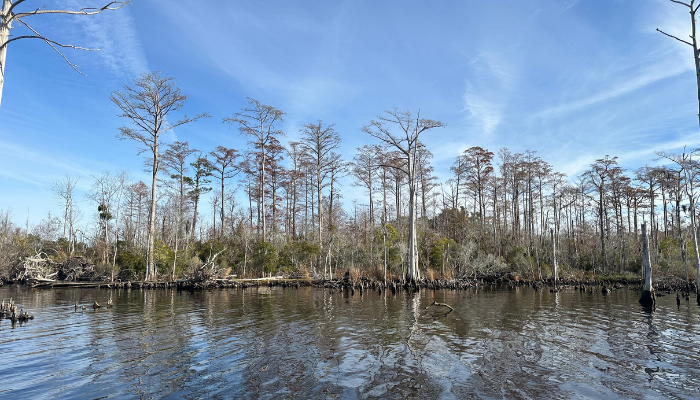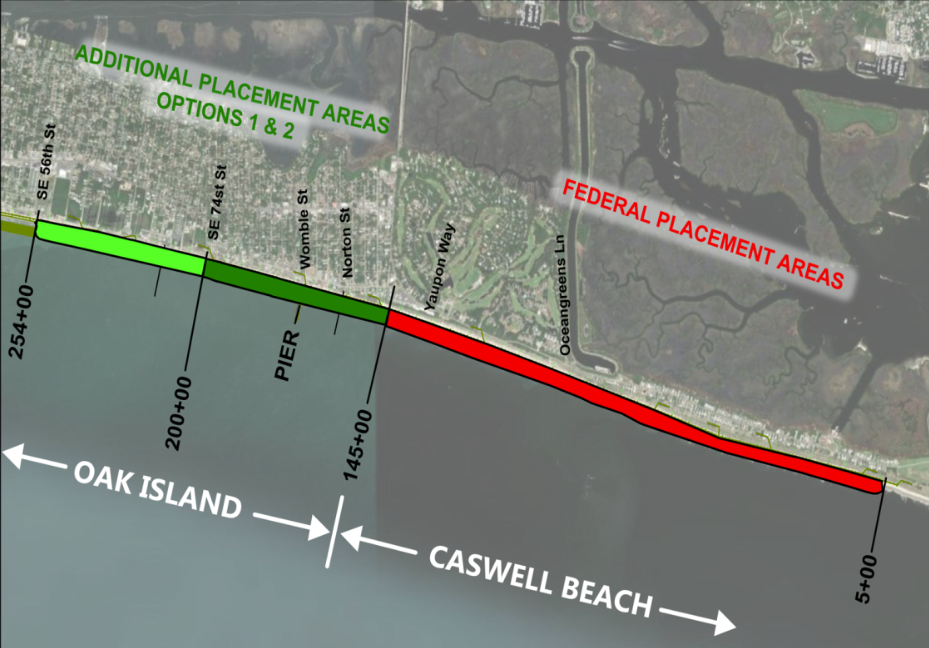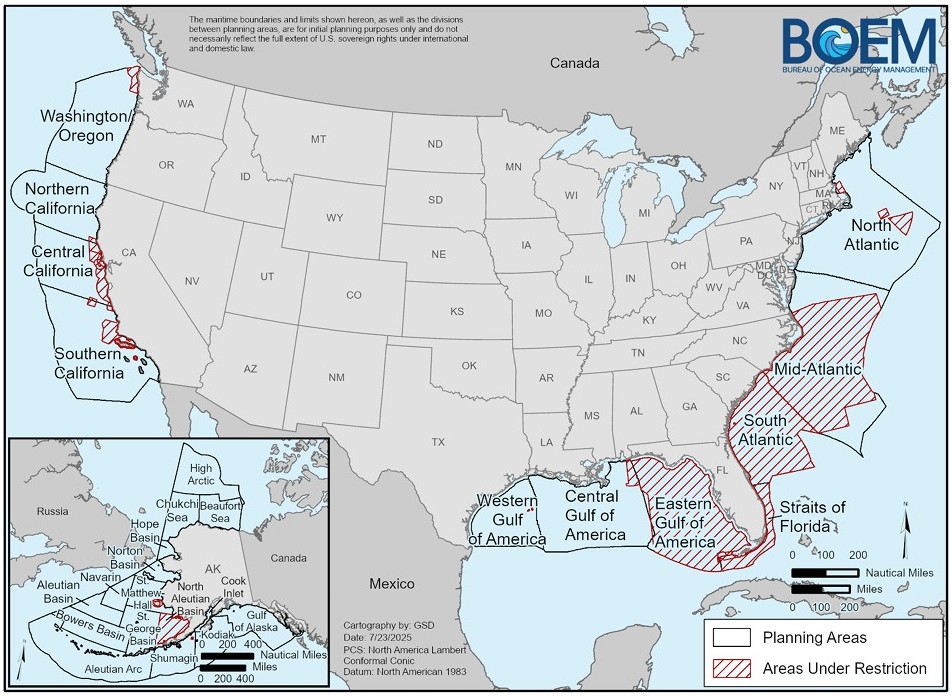
The National Park Service is looking for public input on developing an environmental impact statement, or EIS, for sediment management activities at Cape Hatteras National Seashore.
The project is to develop a streamlined framework for permitting sediment management at Cape Hatteras National Seashore, including the method, location and frequency for sediment management actions that may be permitted over the next 20 years.
Supporter Spotlight
The Notice of Intent was published Friday in the Federal Register, initiating the National Environmental Policy Act, or NEPA, process and began a 30-day public scoping period that ends at 11:59 p.m. mountain time May 10.
Comments may be submitted online or by mail or hand-delivered to Cape Hatteras Sediment Management EIS, Superintendent, Cape Hatteras National Seashore, 1401 National Park Drive, Manteo, N.C. 27954. For additional information visit https://parkplanning.nps.gov/CAHASediment.
The park service will hold four virtual meetings this month as part of the public scoping process. Viewers will be able to learn about the project scope, issues and alternatives, ask NPS representatives questions and provide comments during the following:
- Virtual Meeting 1: 11:30 a.m. to 12:30 p.m. April 20; Webinar Id: 449-480-987
- Virtual Meeting 2: 7-8 p.m .April 21; Webinar Id: 788-190-091
- Virtual Meeting 3: 6-7 p.m. April 22; Webinar Id: 627-583-883
- Virtual Meeting 4: 5:30-6:30 p.m. April 23; Webinar Id: 546-626-443
Park officials said they had received various requests and anticipate future requests to issue special use permits for protecting roads, bridges, electrical transmission facilities and other public transportation facilities; repairing island damages, including breaches that also affect transportation; and restoring habitat through the placement of dredged materials along eroded sections of barrier islands.
A sediment management framework is needed to assist the park officials in addressing the requests, while avoiding and minimizing impacts that may be associated with such actions. The framework is needed to provide timely response for localized beach nourishment requests in the face of increased storm events and projected sea level rise, and for opportunities to restore coastal habitats.








